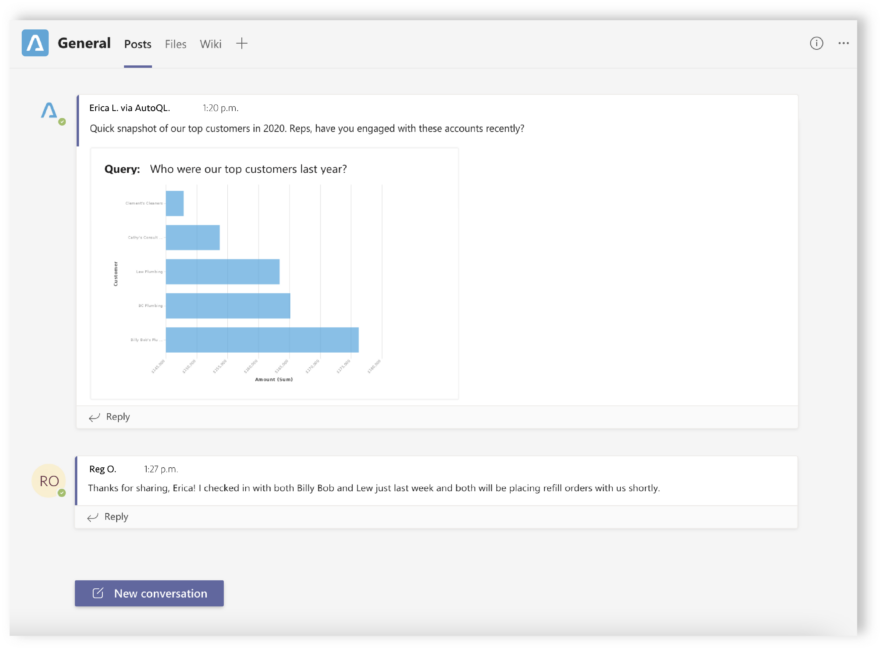~3 minute read
Demand planning is an intersectional process that requires the work of multiple departments and functions, including sales and marketing, supply chain, production, purchasing and procurement, operations, and finance.
Ultimately, the goal of demand planning is to meet customer demands while mitigating disruptions to the supply chain and minimizing the amount of excess inventory on hand. Stakeholders at every stage of the demand planning process require up-to-date, accurate data to help achieve this goal and drive optimal decisions for the business.
Consistent and accurate access to data is imperative. Without it, companies can’t depict consumer needs, how much product must be manufactured, how much stock should be purchased, and when certain items need to be restocked. This process starts at the top, with business teams completing market research and analyzing previous purchases/historical sales and consumer trends. At this stage, business users may be looking to explore data from sales forecasts or reports, gather information from inventory management software systems, or gain preliminary insights from their supply chain management systems. 
When it’s easy for users to explore underlying data and discover unique insights, they can make more impactful decisions that drive growth and success.
Once consolidated, this research and information goes to the sales and merchandising teams to create a budget, develop plans, and build forecasts. Once such plans are in place, producers, manufacturers, and purchasers get involved. It’s their job to look at the forecasts and plans, then do the tactical work that enables the company to strike a balance between meeting customer demand and maintaining sufficient inventory levels.
Streamlining communication and enabling real-time collaboration between key stakeholders across departments is vital in this demand planning process. AutoQL for Microsoft Teams meets this need by enabling real-time data access and collaboration, regardless of location, time zone, or other potential siloing factors.
The ability to access, explore, and share data within Microsoft Teams enables departments to manage growing complexities and effectively meet the needs of their customers.
Demand planning groups can set up dedicated channels in Microsoft Teams so relevant stakeholders can share and explore key metrics together. Relevant data will vary by individual use cases. Still, demand planning teams can use AutoQL to query everything from sales data by location to inventory turn-over and out-of-stock rates, lead and production times, and more.
Business users can share insights directly into the conversation through powerful visualizations that are easy to understand, so discussions and decisions are always influenced by a unified, context-rich view of the data at hand. This is a collaborative process by nature because there are many different people involved in the process from multiple teams within a company.

With AutoQL for Microsoft Teams, business users can expedite data-driven discussions and decisions.
In many cases, the stages of demand planning happen across different units over a set period and often in different physical locations. Several teams must communicate asynchronously and collaborate effectively, making a single source of truth even more critical. The ability to access, explore, and share data within Microsoft Teams enables these groups to manage growing complexities and effectively meet the needs of their customers.
Using AutoQL for data-driven collaboration in Teams enables more streamlined decision-making. Everyone can access the information they need in one place – instead of having individual groups gathering their own data or making their own decisions without knowing what other departments are doing or planning. Leveraging AutoQL for Teams promotes better decision-making and streamlined processes across every facet of the demand planning chain, all from the collaborative chat tool that employees are already familiar with.

